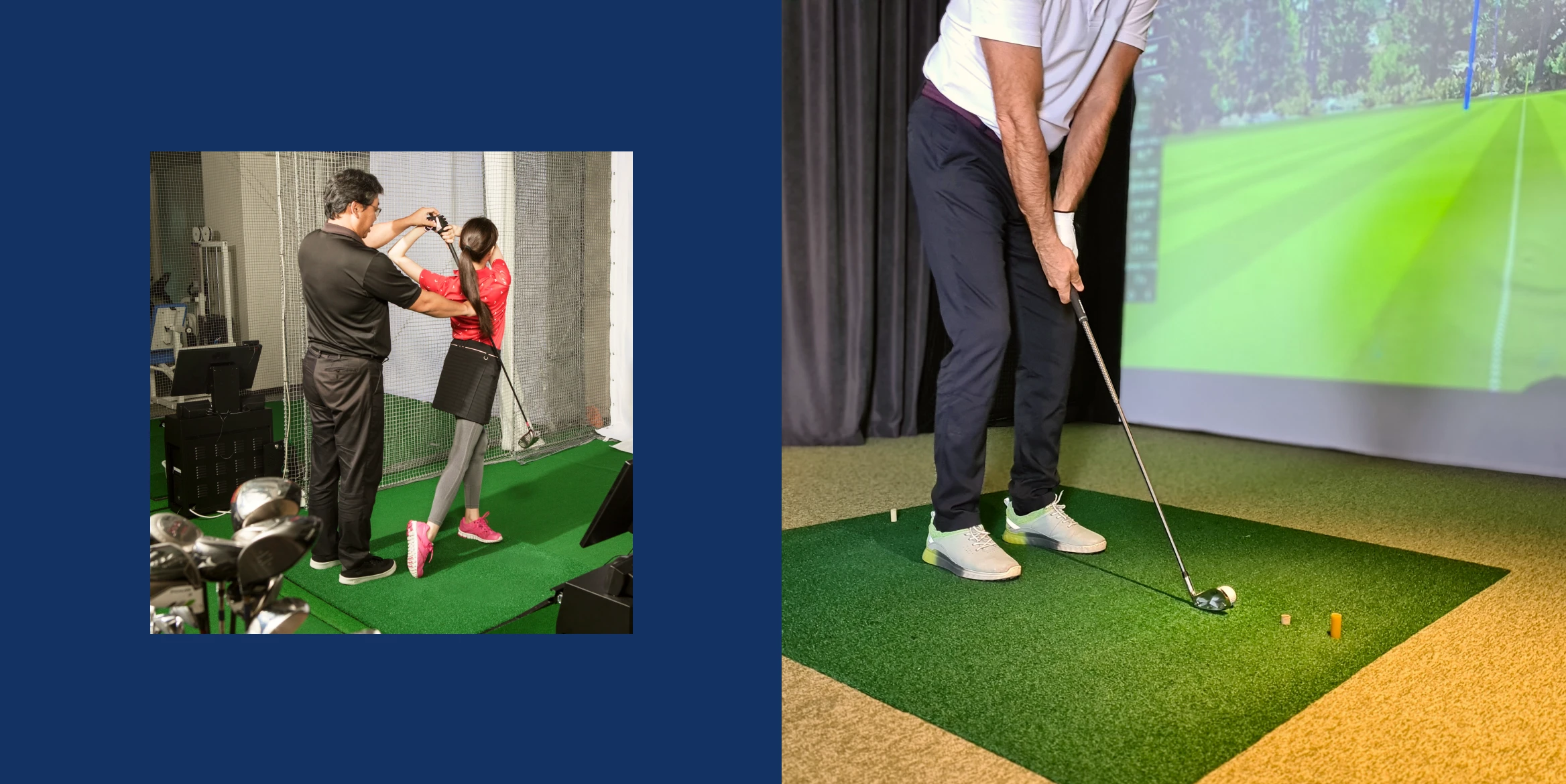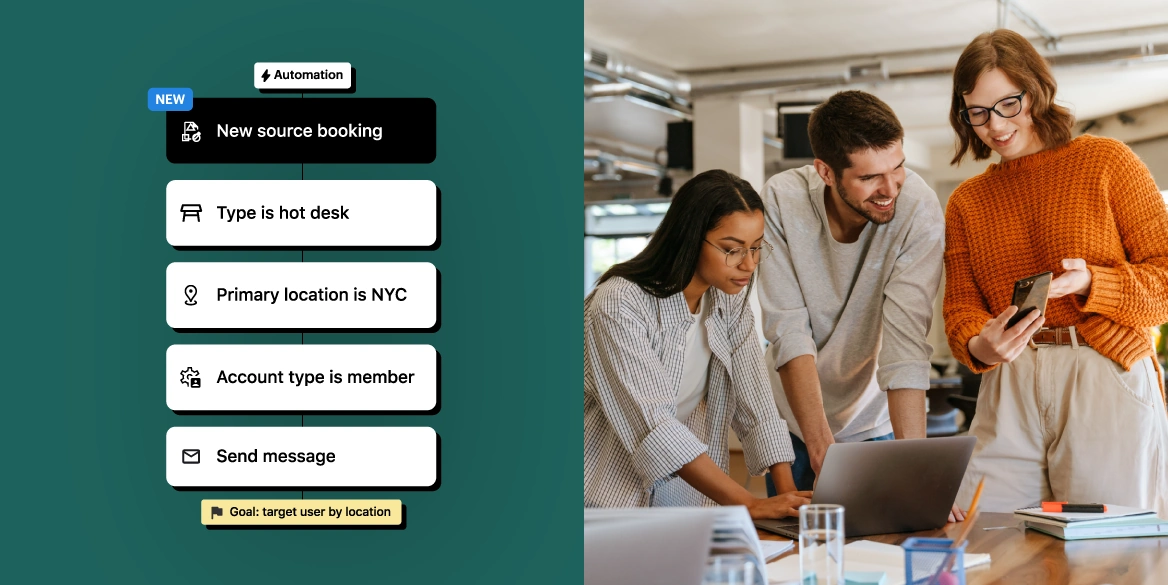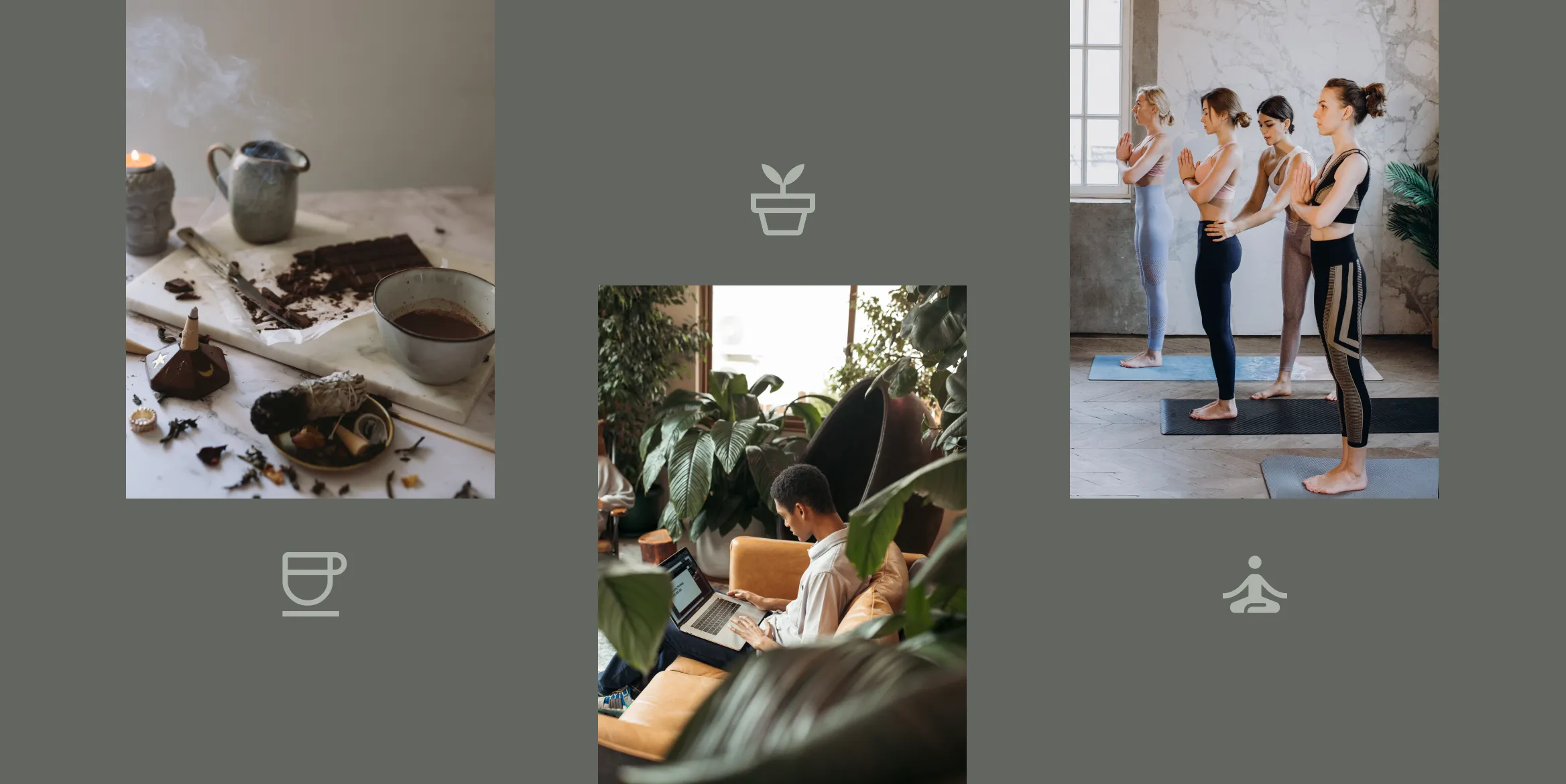![A Complete Guide to the Coworking Sales Funnel [2024]](https://www.optixapp.com/wp-content/uploads/2024/04/A-Complete-Guide-to-the-Coworking-Sales-Funnel-2024.webp)
According to the 2023 Optix Annual Survey, 71% of coworking owners and operators say that their number one goal in 2024 is to grow their number of members.
Member acquisition is such a hot topic that we hosted an entire webinar dedicated to member acquisition with Adam Hyman, Founder at KoWorks. In that webinar, we went deep into the marketing acquisition funnel and how it can support your member acquisition goals.
Mastering your marketing funnel is critical, but it’s just one side of the member acquisition coin. Today, we’ll take a look at the other side: the coworking sales funnel.
In this article, we’ll break down what the coworking sales funnel is, how to optimize your sales process through each stage of the funnel, and what to do if you’re experiencing the dreaded “leaky funnel”.
By the end of this article, you and any member of your team will be well-equipped to master the sales cycle in your coworking space!
What is the coworking sales funnel?
The coworking sales funnel is a model that illustrates the journey a customer goes through to become a member of your coworking space. Sales funnels are widely used across all industries to help you tailor your messaging and tactics to a specific point in the customer journey.
The stages of the coworking sales funnel
The coworking sales funnel consists of the following stages:
- Awareness
- Interest
- Decision
- Action
Each stage of the funnel represents a specific point in the customer journey, and brings with it a set of assumptions around what something may be feeling or experiencing.
If you’re familiar with the coworking marketing funnel, you’ll notice that the stages of the sales funnel are very similar, if not identical. We’ll address this point later in the article.
For now, let’s take a look at each of the four stages of the coworking sales funnel in more detail.
1. Awareness
For most coworking operators, generating awareness of their space is their primary focus. In fact, 41% of coworking owners that we surveyed reported their number one goal for the year was to build brand awareness.
The awareness stage represents someone’s first touchpoint with your brand. At this point, they don’t know anything about your community or what you have to offer. They may not even know what coworking is or that they have a problem they need to solve. It’s your job to change that.
Goal: to get people to know that your coworking space exists.
Sales Example: your community manager reaches out to entrepreneurs in your area via a cold email sequence, introduces them to your coworking space, and explains the benefits of coworking
2. Interest
During the interest stage, prospects are aware of you and are now interested in learning more about what you have to offer. They may be considering a few different options, and they want to understand what makes each one unique.
At this stage, they will most likely book a tour to understand the unique value propositions of your space and how it can enhance their life.
Goal: to generate interest for your coworking space via a tour.
Sales Example: your community manager had a few email exchanges with a prospect, and they are now ready to come in for a tour. They tour the space and are impressed, but want to check out the other coworking spaces in your area before making a decision.
3. Decision
At the decision stage, prospects understand who you are and what you have to offer. Now they’re trying to figure out exactly if your space is the best fit for them. They are asking specific questions about your membership options and may be working from a specific list of must-haves.
They have likely narrowed their options down to two or three spaces and are trying to decide which would be the best fit for them.
Goal: to encourage someone to choose your space over others.
Sales Example: a prospective member emails your community manager asking about your different membership plans. Your community manager points them to the right plan for them and offers a 15% discount if they lock in for a year – but the offer expires soon.
4. Action
Finally at the action stage, a prospect has made their decision and is ready to take action to become a member of your coworking space.
Goal: to make it as easy as possible to sign up for your space.
Sales Example: your offer sold them, and they’re ready to join your community. You send over the membership agreement and house rules to lock things in as soon as possible. Congratulations! You just got yourself a new coworking member.
The coworking sales funnel vs. coworking marketing funnel

For those of you who read our article on member acquisition on the GCUC website, the coworking marketing funnel and the coworking sales funnel may look eerily similar. This is because the customer journey is the same. It is the purpose of the model that is different.
The marketing funnel is intended to help you better market to your ideal customer profile (ICP) with the goal of turning strangers into evangelists. The sales funnel is intended to help you generate leads and close deals.
There are differences in the tactics used as well. Whereas Marketers will tackle the funnel with paid advertising, open houses, and optimizing website landing pages, Sales team members will lean towards cold calling, email nurture sequences, and following up with leads.
Where the funnels intersect
Oftentimes, the Sales and Marketing funnels can and will intersect. For example, your community manager may post social media to build awareness of your community. A prospect may follow your posts for a while, then submit a form on your website asking for more information on your space.
At this point, someone from your sales team reaches out to them to set up a time to tour the space. Your sales team member will guide them through the rest of the journey until they close the deal.
This is just one example of the marketing and sales funnels in action. In reality, the journey that a prospective member takes will look a bit different from space to space, depending on whether you take a marketing or sales led approach.
How to optimize the coworking sales funnel
Now that you have a better understanding of the different stages of the sales funnel and how the sales funnel differs from the marketing funnel, it’s time to dive into how to optimize your sales activities at each stage of the funnel.
1. Generating leads
Building awareness of your brand starts with generating awareness of your space in the form of leads. A lead can broadly be defined as anyone who has had some kind of interaction with you and is interested in learning more.
Let’s say your marketing team runs a Facebook ad campaign that drives people to your website. On your website, you have a form where people can request more information about your space. Once they submit a form, they become a lead.
PRO TIP: Optix clients can use the Inquiry Web Widget to capture prospective members information directly on their website and transform them into leads. You can customize what information you collect and store it directly in your admin dashboard. Learn more about the Inquiry Web Widget.
Coworking spaces often rely on large scale marketing activities like paid advertising and social media to generate leads. From the sales side, lead generation usually comes in the form of cold outreach.
How to generate leads for your coworking business
- Build a list of people who may be interested in coworking. Ask your community manager to build a list of entrepreneurs in your city. They can get this information by looking in local entrepreneur Facebook groups, searching on LinkedIn, and poking around google. You’re looking for as much information as you can on the individual, with a minimum being their name and email address.
- Create a personalized email template. Once the list is built, create an email template that can be personalized for each individual. Focus on the value of coworking and the benefits they could receive from joining your space.
- Follow-up with leads continually. After you send that first email, continue to follow up via a series of emails in an automated email nurture sequence to encourage them to come in for a tour. Optimize your email nurture sequence over time and finetune your messaging to make it more effective for generating leads.
Are you a community manager looking to finetune your sales skills? Check out our article on essential sales and marketing skills for community managers.
2. Creating interest
Remember, someone moves from the awareness stage to the interest stage after they have expressed some level of interest or intent in your space. In the flex industry, this usually comes in the form of booking a coworking tour.
A tour is one of your most important sales tools you have in coworking. It is your opportunity to show off the space and really prove the value of what you have to offer.
We wrote an entire article on how to give a memorable coworking tour that you should read to learn more about this topic. For now, let’s take a look at some ways you can optimize the tour experience from a sales perspective.
- Make it easy to book a tour. A prospective member should be able to book a tour from your website in a few simple clicks. If you’re doing cold outreach, include a clearly defined CTA in all of your outreach materials to encourage prospective members to come in for a tour. Apart from buying a membership, this is the most important CTA for your sales funnel.
PRO TIP: Optix clients can enable the Tour Booking Web Widget to quickly and easily allow prospective members to book a tour directly from their website. Learn more about Web Widgets.
- Focus on what the prospective member is most interested in. When you’re giving a tour, focus on what the prospect is most interested in. Ask specific questions before and during the tour to help guide the experience to better suit their specific needs. This will make selling the space that much easier.
- Sell the value of what you offer over the space itself. In coworking, we often say that we’re selling community, not desks and WiFi. Rather than talking about the ergonomic chairs and high-speed internet in your tour, speak to what someone can expect to gain from joining your space – whether that’s new friends, networking opportunities, or increased focus and productivity.
- Follow-up. When it comes to sales, following up is the name of the game. Be diligent when it comes to following up with prospects. The more you can stay on top of your communications, the more likely they are to think of you when it comes time to make a decision. This brings us to our next optimization step.
3. Encouraging a decision
The best thing you as a sales person, community manager, or coworking operator can do during the decision phase is provide them with relevant, timely, and accurate information. At the end of the day, you want to make sure that whoever is signing up is a good fit for your community as well.
There are a few simple ways you can do this:
- Create a one-page document that explains why your space is different from other spaces, and share this with a prospect after they finish their tour
- Provide social proof in your emails, including testimonials from other clients and case studies, to prove the value of your space and build trust with prospective members
- Offer an exclusive, limited time offer or discount that is compelling (and impossible to ignore)
If discounts and deals are aligned with your brand, then they can be an extremely effective way of getting someone to choose your space at this stage in their journey. If not, then focus instead on being a trusted source of valuable information. Be reliable and answer questions as they come. Make someone feel as if they are a part of your community before they ever join.
When someone is ready to choose your space, make the sign-up process seamless. Send them their membership agreement and contract immediately via email or your coworking software like Optix. Tell them exactly where they need to sign and how they need to pay.
Together, you can ensure a well-curated community and a smooth sign-up process that is sure to leave a lasting impression on anyone who joins!
How to identify and address a leaky funnel (and what it means for your business)

A leaky funnel is a term that is often used to describe an inefficient funnel. It implies that there is a problem with one or many stages of your funnel that is resulting in a “leak” of prospects.
When you have a leaky funnel, your sales processes are less effective, even if you are doing everything correctly. This means you’re wasting valuable resources on something that isn’t working.
Here are two common examples of a leaky funnel in the coworking sales process, as well as how to address each one.
After someone becomes aware of your brand, you’re not capturing contact information
Building brand awareness is key, but if you’re not actively capturing information from people who interact with you, then you’re missing out on a huge opportunity to follow-up.
How to solve this
Put lead capture mechanisms on your website to ensure you’re obtaining the email addresses or phone numbers of people who visit. One way of doing this is with a lead magnet, a compelling free offering like an eBook or template. Prospects can provide you with their email address in exchange for this resource.
Once you have that email address, that person is now in your marketing system or coworking CRM and you can begin to retarget to them.
After someone tours your space, you don’t hear from them again
A prospective member books a tour for your coworking space via your website. They show up on the morning of the tour, bright-eyed, bushy-tailed, and ready to learn about all that you have to offer. But after the tour ends and they leave, they’re never to be seen again.
You reach out via email and…crickets.
Many coworking operators find themselves in this exact position. Their team is giving plenty of tours, but hardly any of those tours are converting into members.
If this is the case, there are a few things you can do:
- Keep track of why people arne’t converting and document the reasons as much as you can. Look for patterns in the data and see if you can address any of those concerns by changing your offering – ie. If people say the membership plans are too expensive, can you offer introductory pricing at a lower price point?
- Consider if you’re attracting the right kind of people to your space. Are they really your ICP? If not, take a look at the marketing you’re doing to get people into the coworking space and reconsider these efforts.
- Think about how you can improve the overall tour experience. Coach your community managers on how to give a compelling tour while seamlessly weaving in a sales pitch that can’t be ignored.
Perfect the sales funnel
Mastering the coworking sales funnel is crucial for growing your member base sustainably long-term.
From that first point of awareness to taking the final action, each stage offers a chance to engage and convert prospects into loyal members.
By understanding and optimizing this process, coworking spaces can ensure sustained growth and success. With this knowledge, maximizing your coworking investment becomes achievable and promising.
Looking for more resources on how to perfect your funnel? Watch our webinar with Adam from KoWorks on How to Grow Your Coworking Space in 2024: Member Acquisition.




